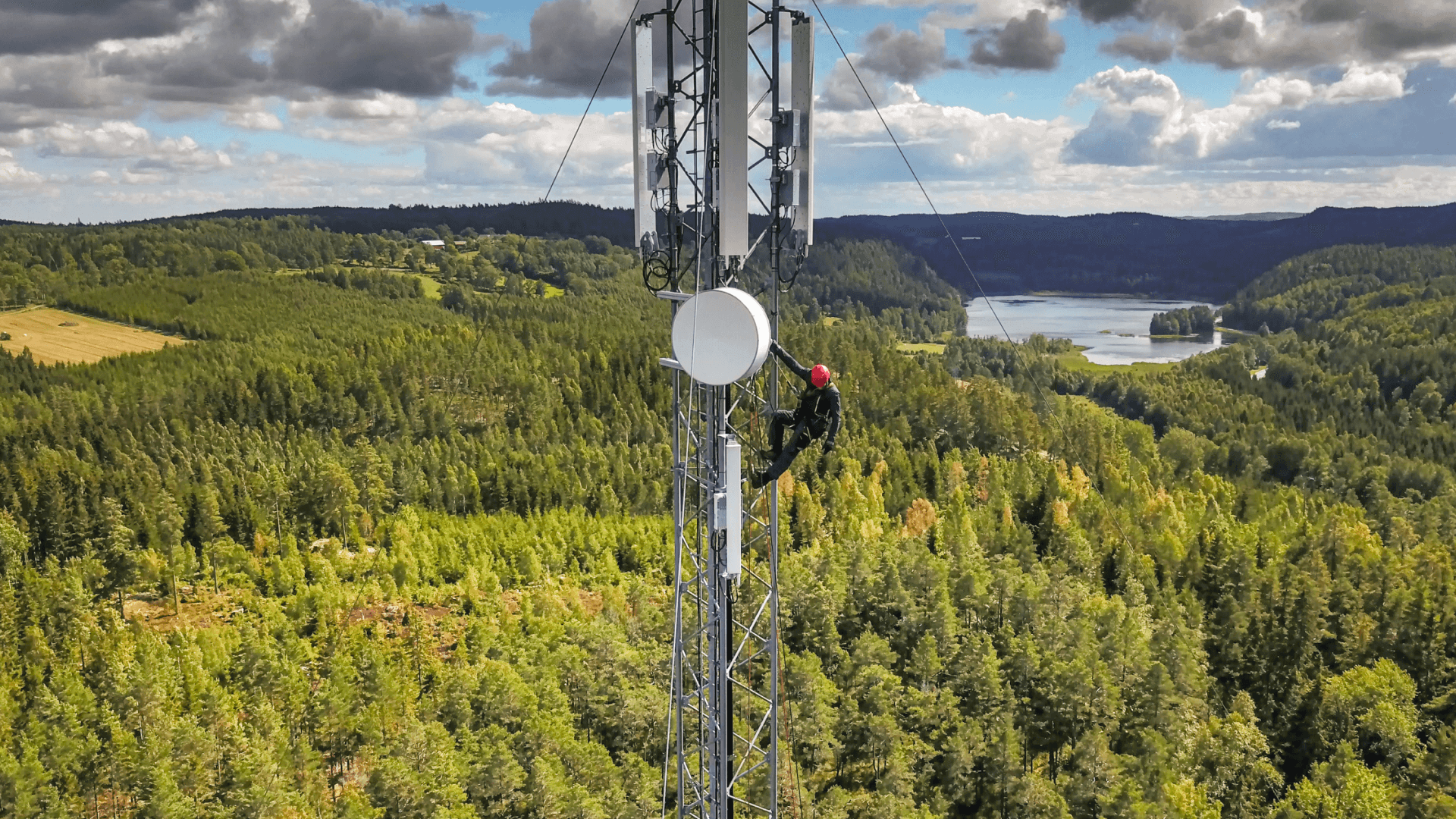Product descriptions:
As one of the most recognizable wireless carriers in the U.S., T-Mobile has set out to provide the largest and fastest 5G network. With Databricks, T-Mobile has been able to accelerate cell network growth by unifying over 60 data sources and using analytics and AI to identify the best areas for cell tower development and streamline the supply chain process. Today, the company can more accurately determine construction readiness, ensure timely procurement of cell-site equipment, and identify fraud and waste of network materials. With the lakehouse serving as the backbone of its data infrastructure, T-Mobile has transformed its business to better support its customers and deliver on the promise of providing the best value and the best network alongside the best experiences.
The impossibility of hypergrowth on legacy systems
T-Mobile acquired Sprint in 2020 and saw its network, market share and data repository grow exponentially. The ensuing technical integration immediately revealed indicators of outdated technology, workflows and processes, all of which had an impact on both the business and operations.
“We were using fairly outdated systems for reporting,” explained Bob Thompson, Member of Technical Staff at T-Mobile. “These reports were built on dedicated SQL Server databases, each of which obtained data from different systems. The reports were then pulled into our enterprise SQL data warehouse and combined — a process that regularly took 12 hours or more to complete.”
In addition, the company’s legacy systems couldn’t handle the amount of growth needed to realize its goals. T-Mobile’s technical team recognized quickly that they needed a sophisticated technology and platform that would provide more scalability and high performance to meet their vision.
Data unification brings every side of the business into the modern world
T-Mobile began its transformation by focusing on becoming even more customer-centric, which translated into building out a unified view of all its data on the Databricks Data Intelligence Platform.
Now the operational business units at T-Mobile that focus on network infrastructure are also seeing incredible success. As an integral part of T-Mobile’s procurement and supply chain process, Databricks has helped to ensure that billions of dollars of cell-site equipment is at the right place at the right time. Beyond new cell-site development, T-Mobile is also able to use data insights to manage inventory, forecast demand and predict maintenance issues.
Shareable data opens doors for org-wide success and sustainability
Today, T-Mobile’s architecture relies heavily on Databricks as the underlying engine for executing business logic across the organization. It’s home to critical, complex analytics including supply chain fraud detection, order tracking and spend management. By putting this logic into the lakehouse, these analytical processes went from failing 40% of the time to running flawlessly and became the foundation for the company’s new architecture.
Beyond analytics, T-Mobile leverages the lakehouse for operational data exchange with enterprise systems. In lieu of direct system-to-system integration, the lakehouse provides data to over 10 business-critical applications across procurement and supply chain teams.
“The biggest win for us since moving to Databricks Data Intelligence Platform is simply our ability to share data,” said Geoff Freeman, Solution Architect at T-Mobile. “Without data silos, collaboration and productivity has increased — everything that could stand to be improved has been improved, and now we have the bandwidth to be really strategic about everything from customer acquisition to our mission to bring 5G to everyone.”
